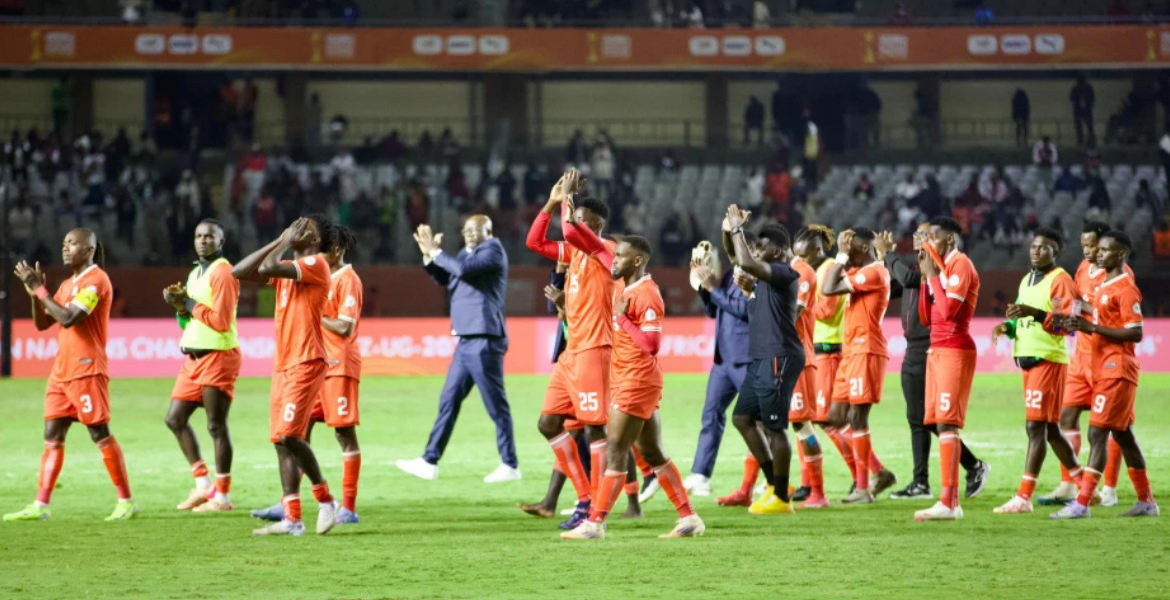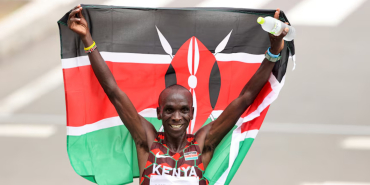Back to Basics: How Kenya, Uganda, and Tanzania Can Build Football Glory

Kenya, Tanzania, and Uganda are back to the drawing board following their quarter-final eliminations in the 2024 African Nations Championship (CHAN).
This poor showing has reignited concerns about East Africa’s readiness to compete at the highest level, particularly as the region prepares to host the Africa Cup of Nations (AFCON) in 2027. While anticipation is growing around the opportunity to stage Africa’s biggest football event, deep-rooted structural challenges continue to hinder East Africa’s footballing progress.
The issue extends beyond the results of individual matches. Despite having relatively large populations and steadily growing economies, the region continues to fall short when it comes to developing the football infrastructure needed for consistent success. Analysts such as Simon Kuper and Stefan Szymanski argue that national income and population size are important indicators of potential in football.
However, without the right systems in place—such as training facilities, talent development programmes, and competitive domestic leagues—this potential often goes unrealised. The expansion of AFCON to 24 teams has made qualification more accessible, yet East Africa’s record remains modest. Kenya, Tanzania, and Uganda have only qualified sporadically, and none have made a significant impact on the continental stage.
Kenya’s absence from AFCON since 2019—only to return as a co-host in 2027—highlights the gap between participation and performance. Meanwhile, qualifying for the FIFA World Cup remains a major challenge, even with Africa’s increased allocation of nine spots from 2026. Another obstacle is the region’s geographical position. East Africa is surrounded by countries with limited football success, which restricts opportunities for regional collaboration and regular high-level competition.
In contrast, West and North African nations benefit from stronger footballing neighbours, as well as historic ties with European countries that provide access to better coaching, training, and exposure. The success of Senegal, a country with fewer economic resources than Kenya, shows how strategic partnerships and well-developed football networks can drive success.
Historical factors also play a role. British colonial rule in East Africa often emphasised administrative division, limiting the development of strong, unified systems. In contrast, France’s colonial policy of assimilation created closer links with its former colonies, enabling easier cultural and professional exchange—particularly in football.
South Africa offers another example. Though previously isolated due to apartheid, the country has since invested heavily in its football infrastructure and in building international expertise, showing that setbacks can be overcome with the right strategy. With AFCON 2027 fast approaching, Kenya, Tanzania, and Uganda stand at a crucial crossroads.
Hosting the tournament presents an opportunity not only to boost infrastructure and economic activity, but also to reform football governance, invest in youth development, and establish stronger connections with international football bodies.








Add new comment